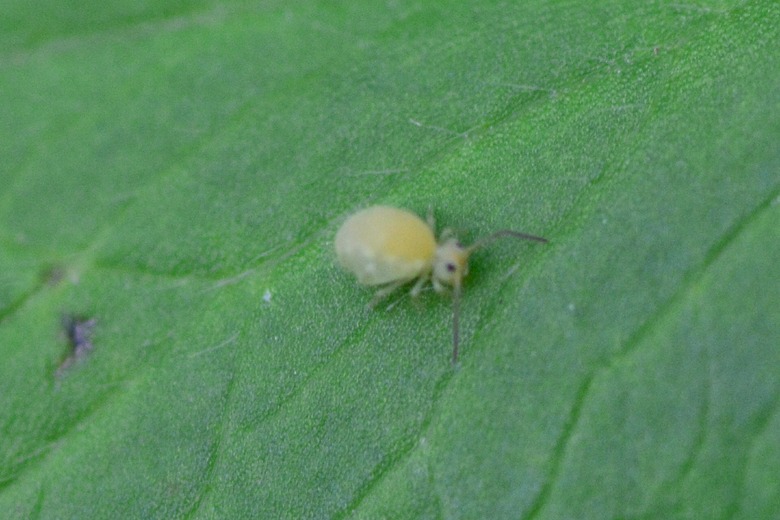Springtail Life Cycle
Springtails are a species of arthropod that generally live in areas of high humidity. The springtail gets its name from having the ability to throw itself into the air using an appendage found under its abdomen. Difference species vary in physical appearance, though they all have a hard exoskeleton, three pairs of legs, a head, thorax and abdomen region of their bodies.
Development
Development
The life of a springtail begins like most other bugs, as a tiny egg. After the egg hatches, there are no larval or pupal stages, instead, they are born as tiny versions of their adult form, thus experiencing what is known as simple metamorphosis.
Maturation
Maturation
As the springtail grows, it sheds or molts its tough exoskeleton. The main difference between springtails and other insects is that springtails continue to grow and molt after they have reached sexual maturity, up to 50 or more times in their lifetimes.
Ecological Significance
Ecological Significance
Springtails are ecologically significant because they eat decaying organic matter, contributing to the breakdown and redistribution of dead matter. They tend to prefer fungi and get the majority of their nutrients from the bacteria they ingest while feeding on the decaying matter. Some species eat pollen and green, leafy plant material but do not seem to be a problem. Some are predatory, eating small rodifers and other microscopic organisms.
Environments
Environments
The adult springtails must live in areas with high levels of humidity and moisture. Otherwise they will dry up and die quickly. They tend to be found in forest type areas, in rotting logs, compost piles, and other decaying organic habitats. Some species have adapted to being able to survive lower humidity environments but still require a great deal of moisture in order to survive.
Considerations
Considerations
Springtails are not considered pests, but they can sometimes be a nuisance. They do not destroy crops or damage homes, but they can amass in large numbers and be unsightly, sometimes plaguing swimming pools, ponds and other residential waterways. This usually occurs after a long wet season where rain has saturated the ground, forcing the bugs above ground in order to breathe. Their unique "springing" behavior will sometimes thrust them into accumulated water where they subsequently drown.
Cite This Article
MLA
Parker, Sandra. "Springtail Life Cycle" sciencing.com, https://www.sciencing.com/springtail-life-cycle-5389730/. 22 November 2019.
APA
Parker, Sandra. (2019, November 22). Springtail Life Cycle. sciencing.com. Retrieved from https://www.sciencing.com/springtail-life-cycle-5389730/
Chicago
Parker, Sandra. Springtail Life Cycle last modified March 24, 2022. https://www.sciencing.com/springtail-life-cycle-5389730/
